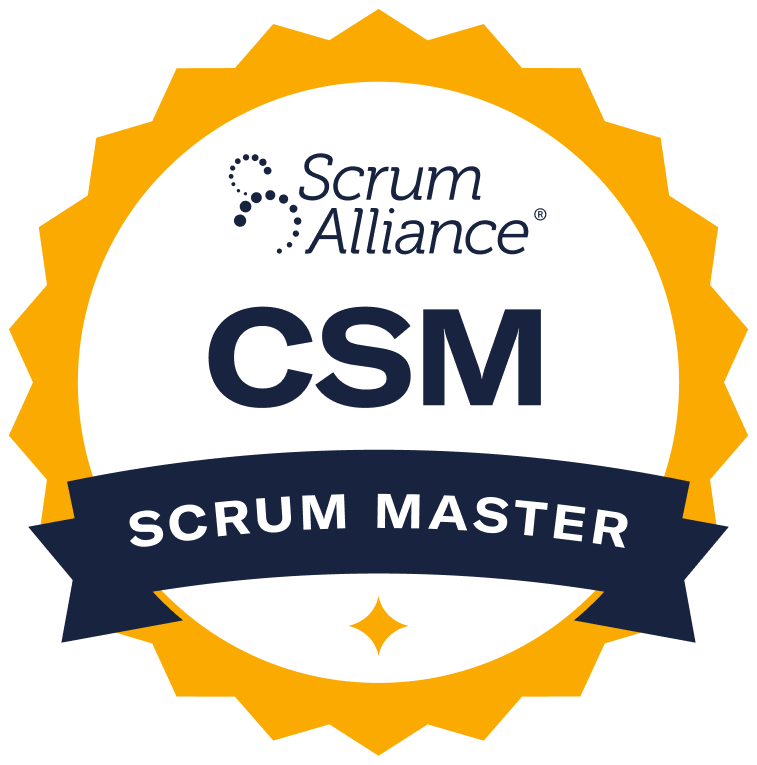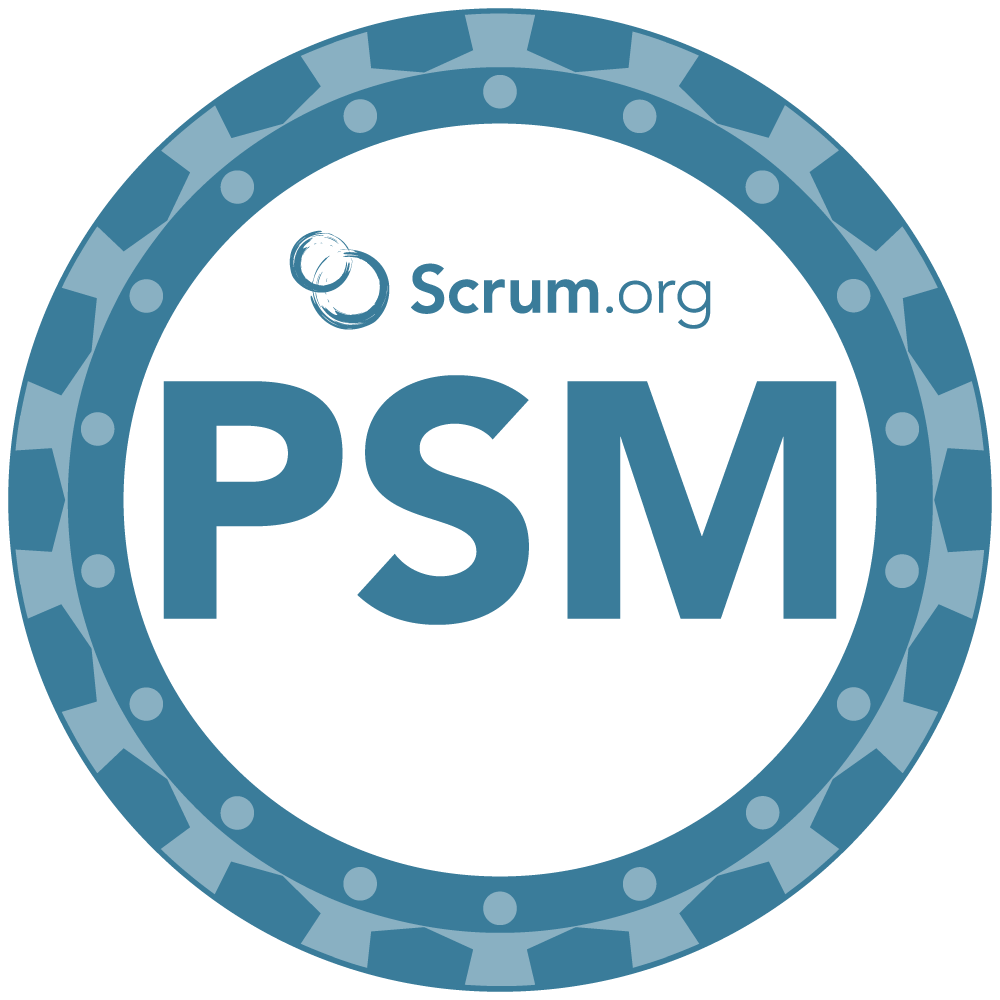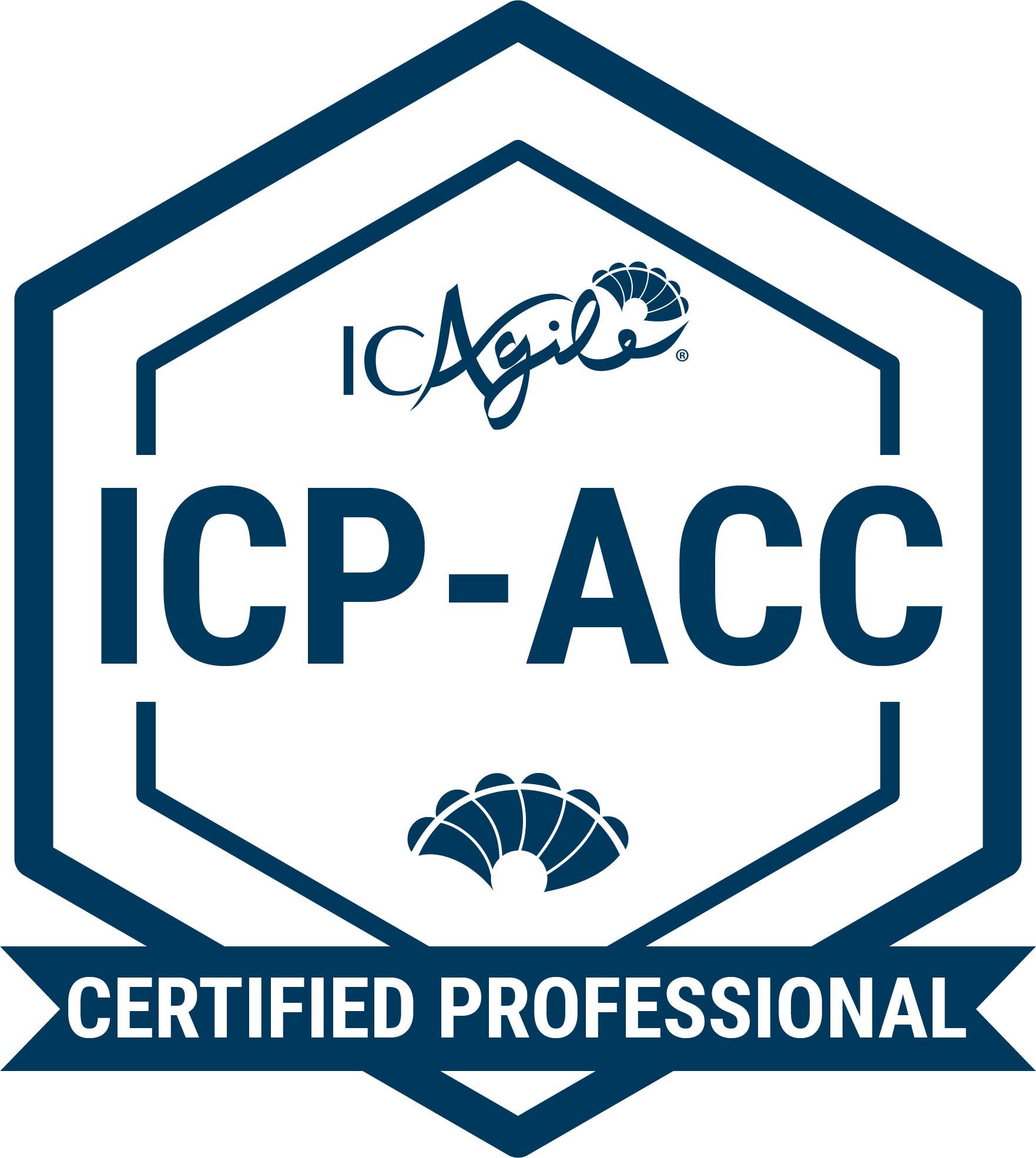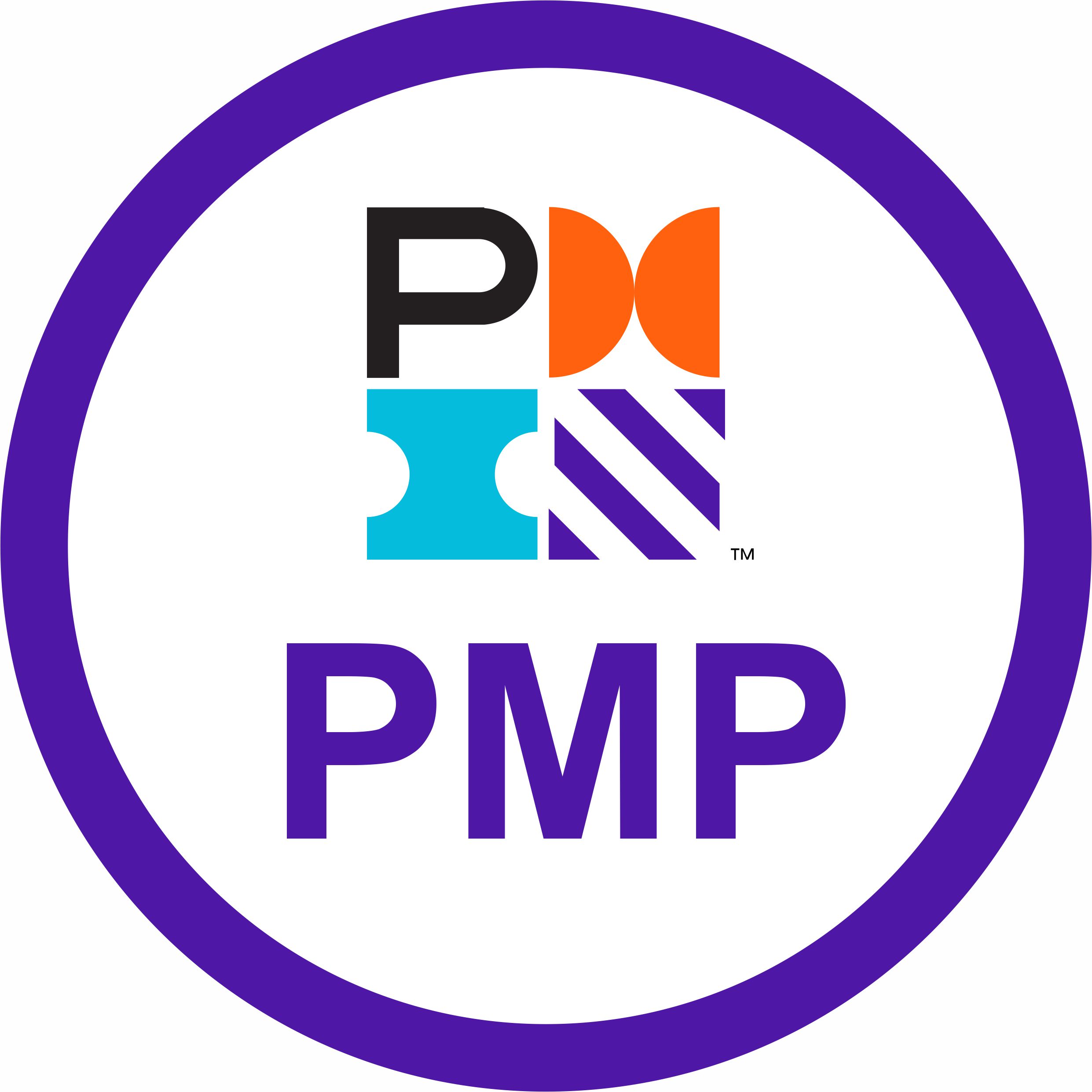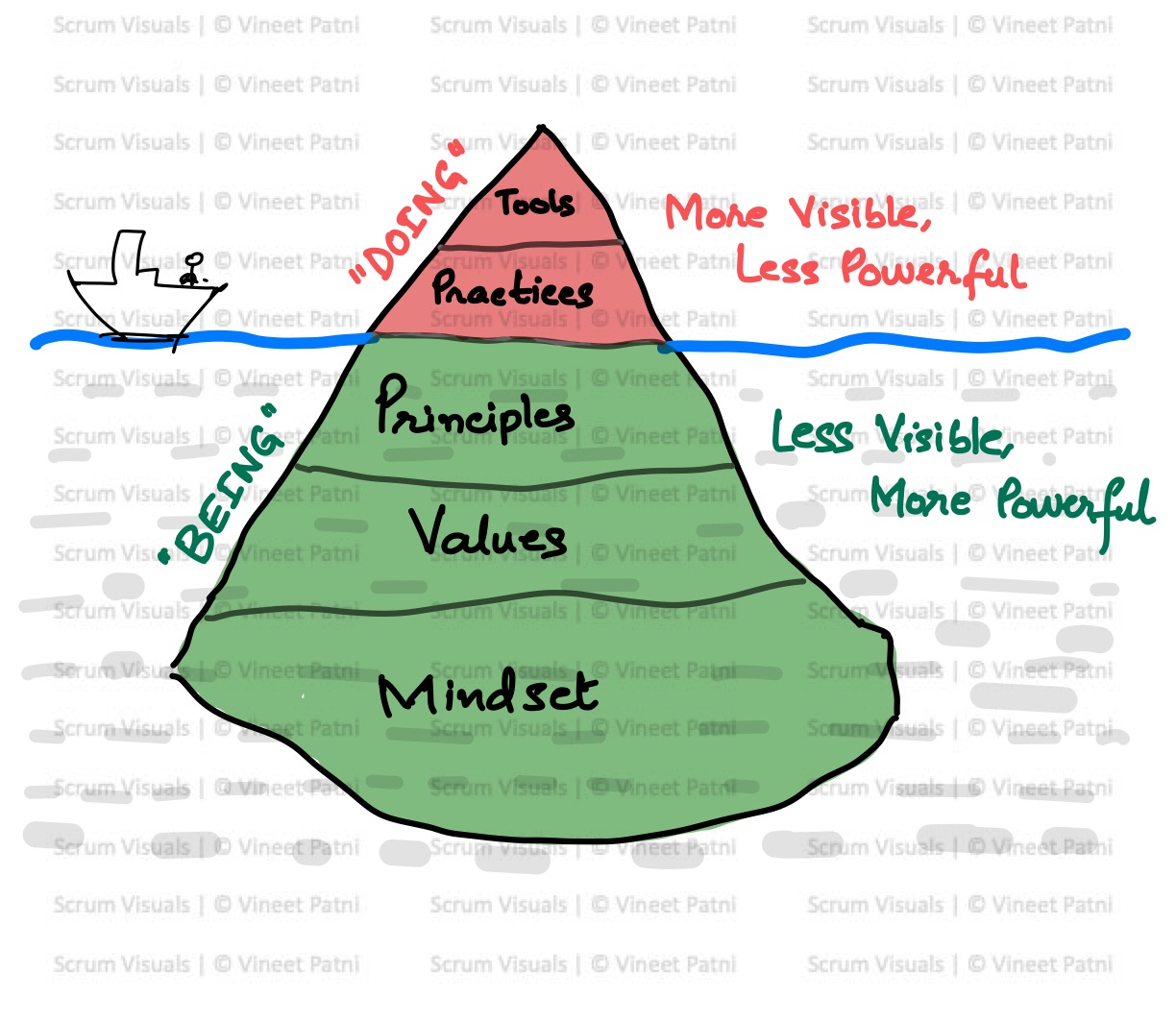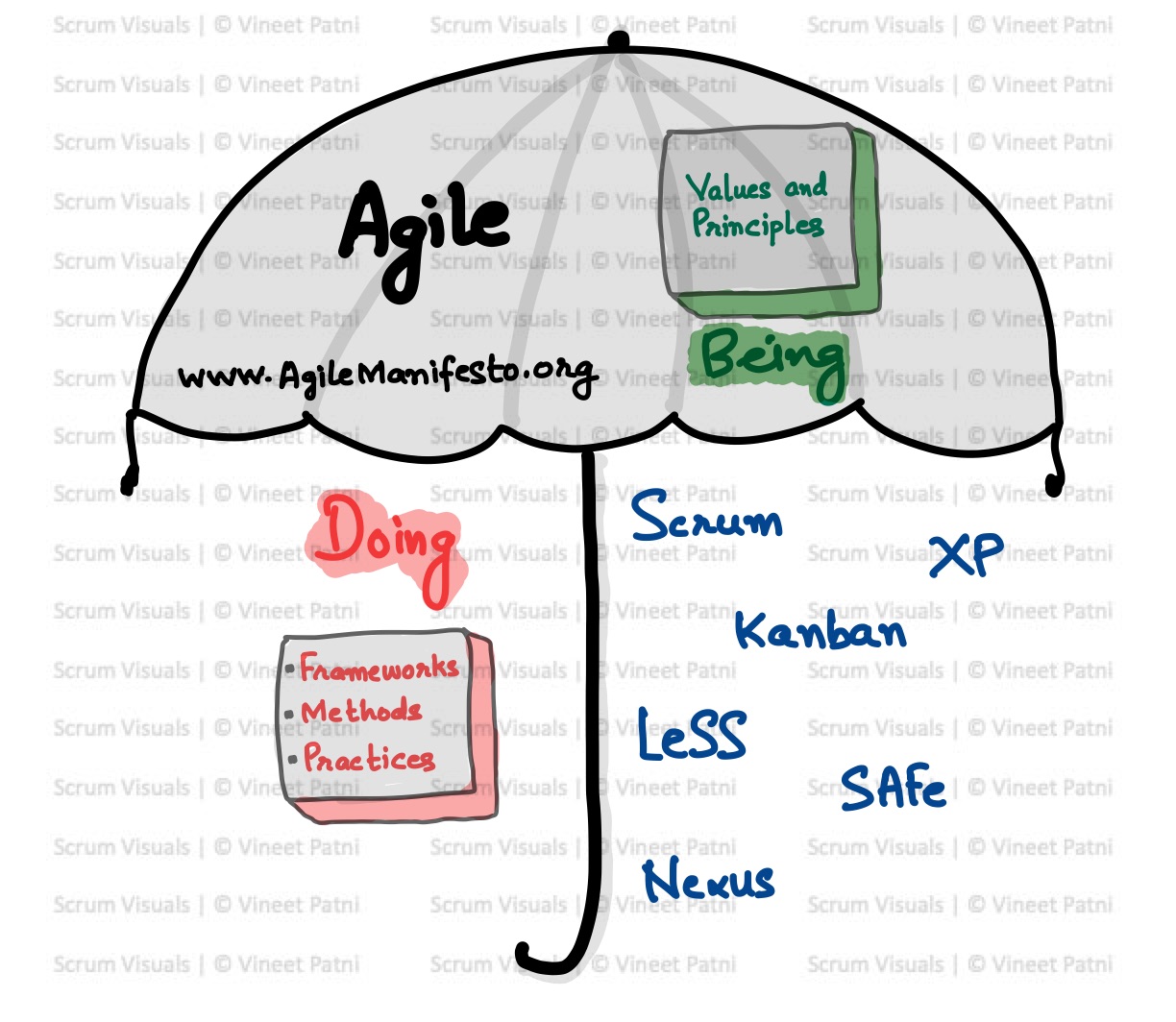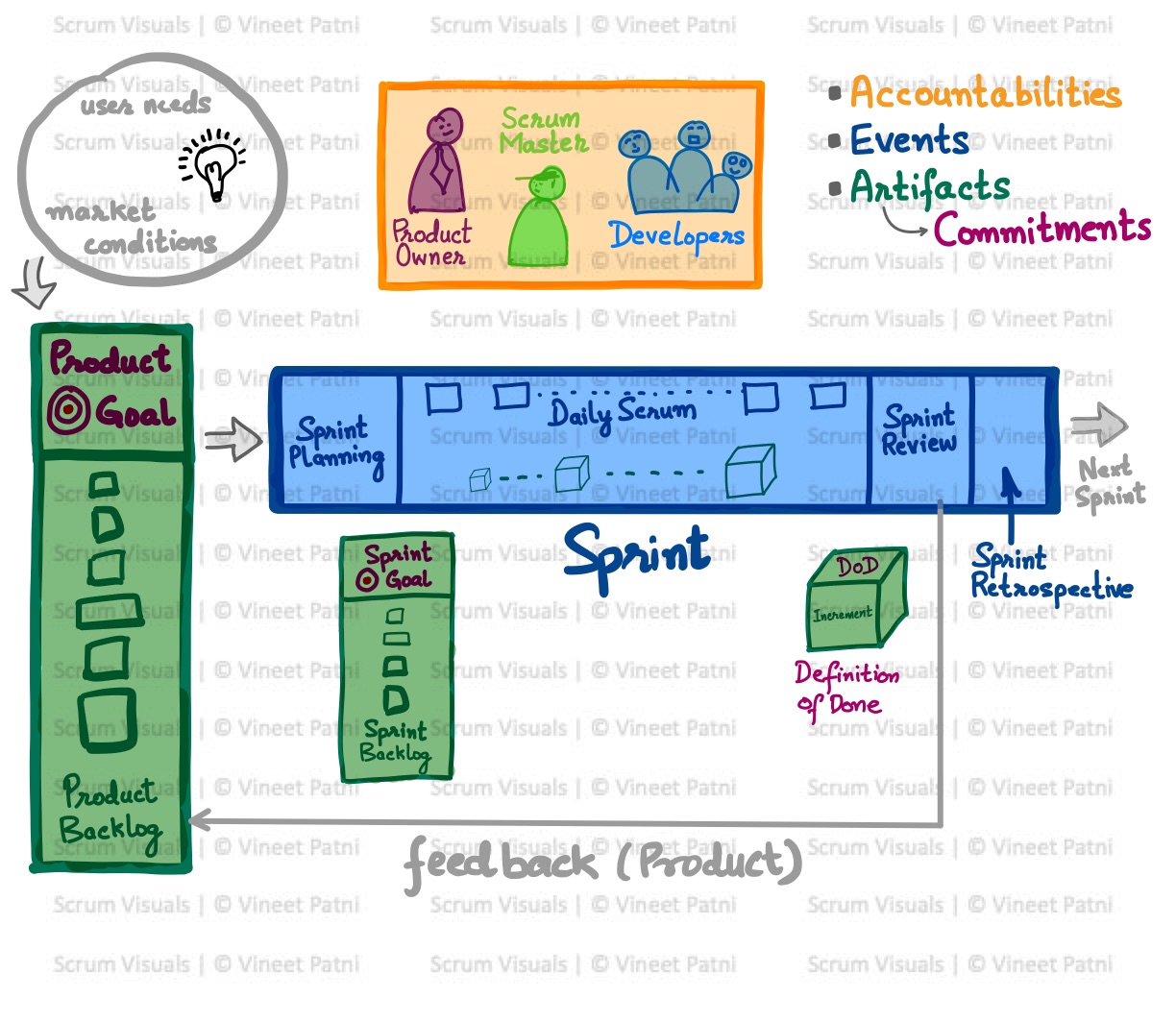Scrum Artifacts Explained: A Complete Guide to Product Backlog, Sprint Backlog, and Increment
In the world of Agile software development, the term artifact might initially evoke images of antiquities or historical relics. However, in Scrum, an artifact is essential information used to guide a project from inception to completion. Scrum artifacts represent the work that could be done, work in progress, and work that is “done” on the product.
These artifacts play a crucial role in enhancing transparency, inspection, and adaptation—the three pillars of Scrum—ensuring that teams can collaborate efficiently and deliver high-value products.
What are Scrum Artifacts?
Scrum artifacts are informational tools that help define the product under development, outline processes, and track tasks to ensure timely and quality delivery.
Agile Scrum artifacts facilitate:
- Effective planning and development
- Transparent tracking of progress
- Iterative inspection and adaptation
By providing structure and visibility, these artifacts support project teams in achieving their goals in a collaborative and flexible environment.
The Three Main Scrum Artifacts
Agile Scrum relies on three key artifacts:
1. Product Backlog
The Product Backlog is a living document maintained by the Product Owner. It contains all potential features, enhancements, and fixes needed to maximize the product’s value.
Key points about Product Backlog:
- Prioritized by the Product Owner based on market demands, competitor analysis, customer feedback, and business goals.
- Continuously updated between Sprints as new insights or requirements emerge.
Serves as the single source of truth for all potential work on the product.
2. Sprint Backlog
The Sprint Backlog consists of selected items from the Product Backlog that the Scrum team commits to completing in the upcoming Sprint.
Important aspects of the Sprint Backlog:
- Created collaboratively by the Developers during Sprint Planning.
- Breaks down work into manageable items for efficient execution.
- A living artifact that can be updated as work progress or new requirements emerge.
Focuses on delivering the Sprint’s Increment successfully.
3. Product Increment
The Product Increment represents the sum of all completed Product Backlog items at the end of a Sprint.
Key considerations:
- Demonstrates the tangible progress made during the sprint.
- Allows stakeholders and the team to provide feedback, which is then incorporated into the Product Backlog.
After a Sprint, the Sprint Backlog is cleared, leaving only the Product Backlog and the Increment as reference points.
Why Scrum Artifacts Matter
Scrum artifacts provide structure and clarity in Agile projects:
- They act as roadmaps for what needs to be done, what is being done, and what has been completed.
- Facilitate collaboration across teams and stakeholders.
- Ensure transparency, allowing everyone to track progress and identify areas for improvement.
Serve as living documents, adapting continuously to changing requirements and feedback.
Parting Words
In conclusion, Scrum artifacts are indispensable tools for any Agile team. They not only guide teams through the development process but also provide clear visibility into work, promote collaboration, and support continuous improvement.
By effectively leveraging the Product Backlog, Sprint Backlog, and Product Increment, teams can ensure that their projects are delivered efficiently, with high quality, and maximum value for stakeholders.
Upcoming Trainings
← Scroll to see more →


